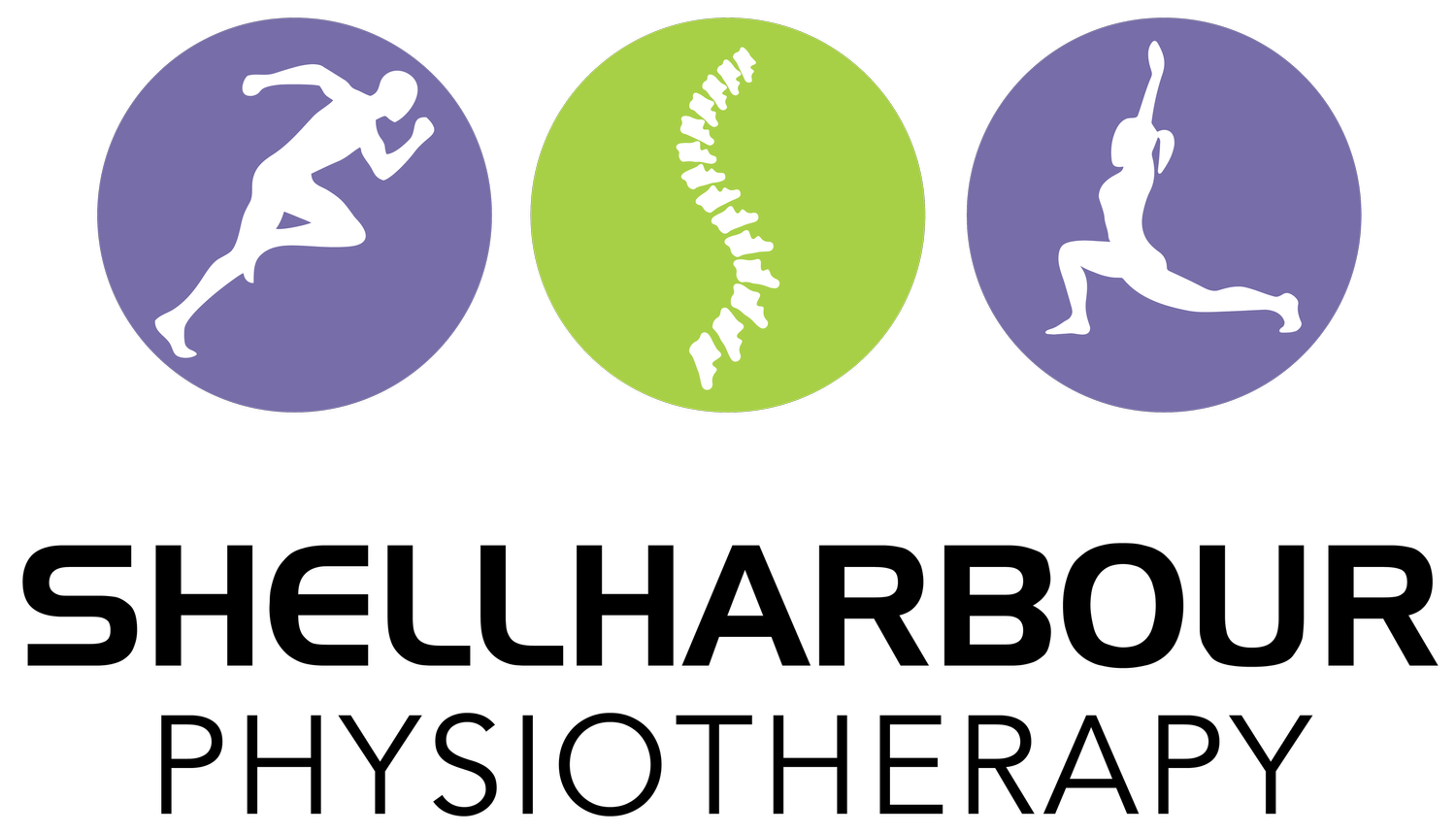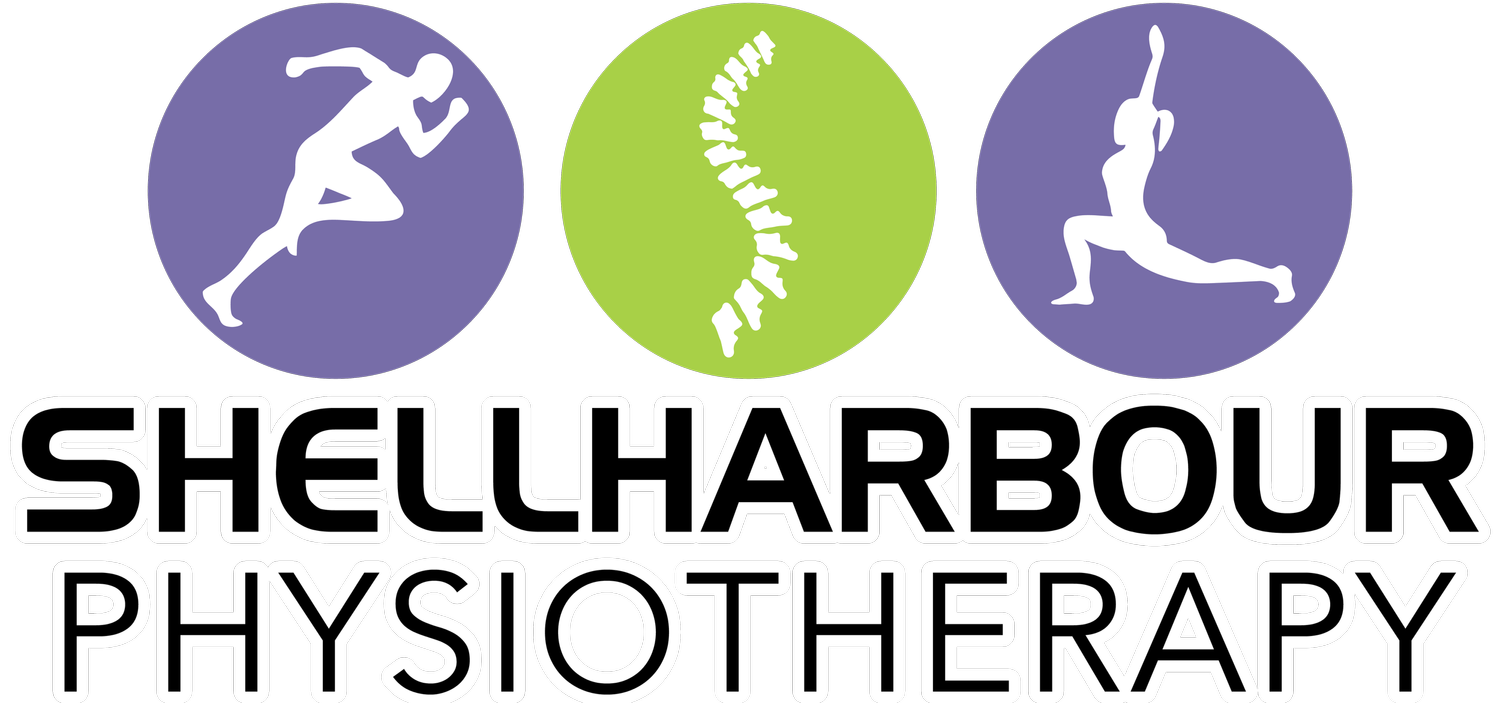HOW DIABETES SCULPTED MY CAREER PATH
Back when I started out as an Exercise Physiologist 14 years ago the profession itself was relatively new and the general public, other medical and allied health professionals struggled to know/describe what it was that I do. I admit for the first couple of years, I wasn’t quite sure what direction I wanted my career to take and where I wanted to specialise. It wasn’t until I attended an additional education course 3 years into working that I realised chronic disease management was for me.
Attending a course that taught me how to prescribe exercise programs for individuals suffering from not only diabetes, but high blood pressure, cholesterol and those who are also overweight made me realise this is what I was interested in due to one of my sisters being diagnosed with Type I Diabetes when I seven years old. My entire childhood I grew up watching her manage her diabetes through insulin injections at least twice per day. I have seen her have a number of hypos (where her blood sugar levels have dropped to life threatening), as well as deal with the co-morbidities associated with diabetes as she got older.
There are number of differences between Type I and Type 2 diabetes but at its core, individuals with type I do not produce insulin on their own, and the insulin in those with type II diabetes either does not work effectively or the body stops making enough. This results in your body being unable to absorb glucose from the bloodstream, elevating your blood sugar levels.
WITH REGARDS TO DIABETES AND EXERCISE, IT IS RECOMMENDED THAT AN ADULT INDIVIDUAL AIM TOWARDS PERFORMING 40-50MINS OF MODERATE INTENSITY AEROBIC BASED EXERCISE 4-5 DAYS/WK.
IN ADDITION, PERFORMING STRENGTH-BASED EXERCISES WILL ADDITIONALLY IMPROVE GLUCOSE ABSORPTION FROM THE BLOODSTREAM. TYPICALLY PERFORMING 8-10 EXERCISES THAT TARGET LARGE MUSCLE GROUPS IS RECOMMENDED. 2-4 SETS OF EACH EXERCISE SHOULD BE PERFORMED AT 8-12 REPETITIONS PER SET.
These are the general guidelines, so depending on your medical and injury history, as well as exercise tolerance will depend on if these recommendations need to be tailored to your individual needs. It is therefore the job of an Exercise Physiologist to assess and appropriately prescribe what is best for you.
Yours in Health,

